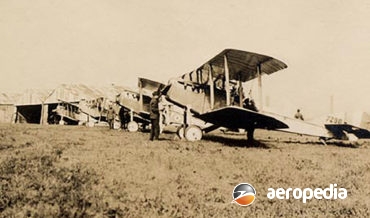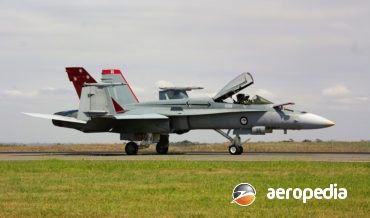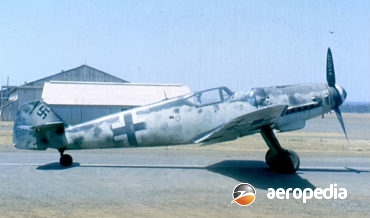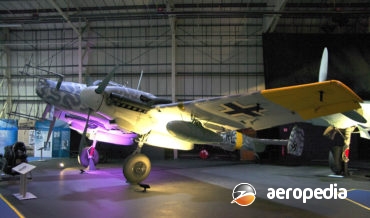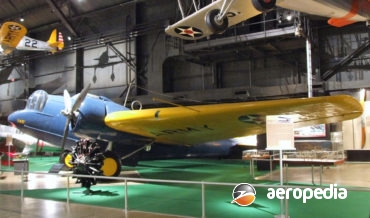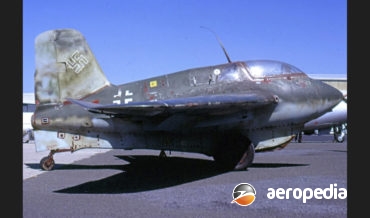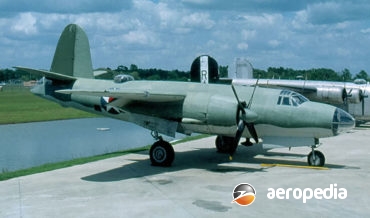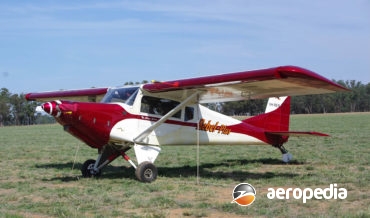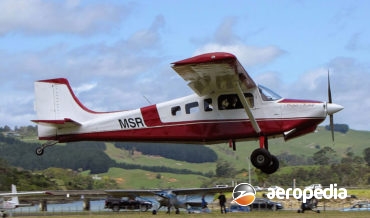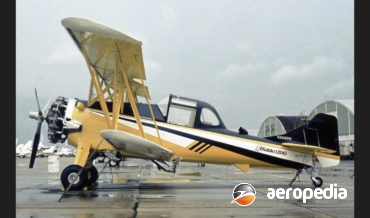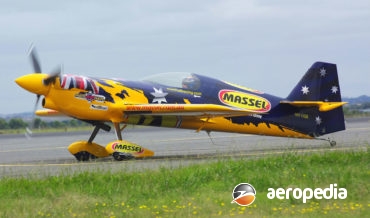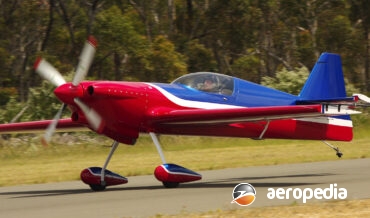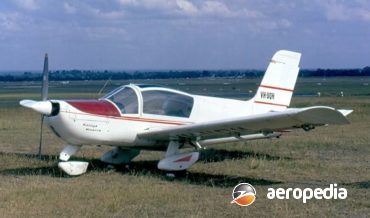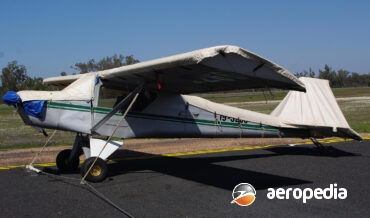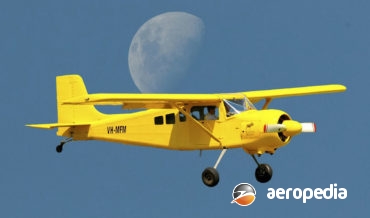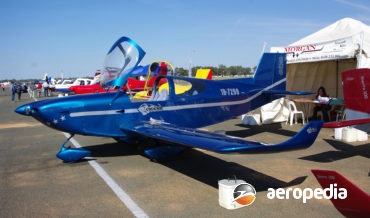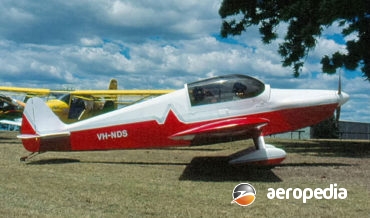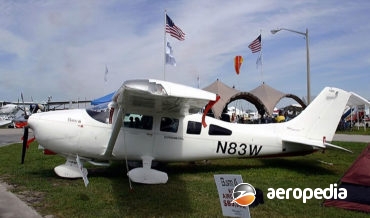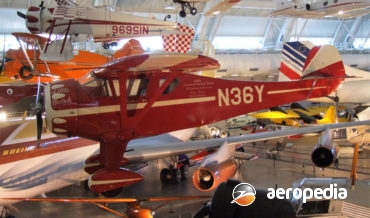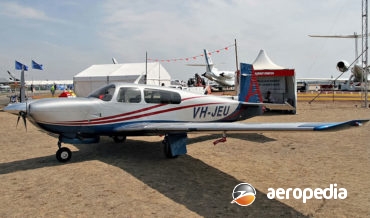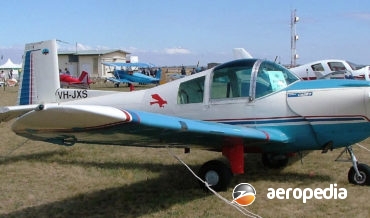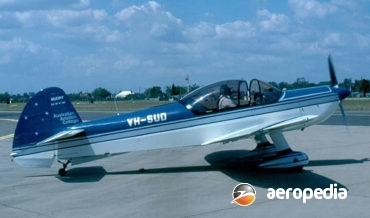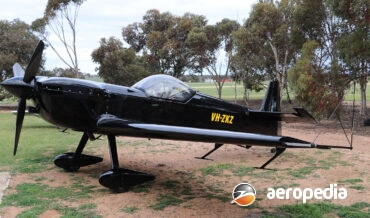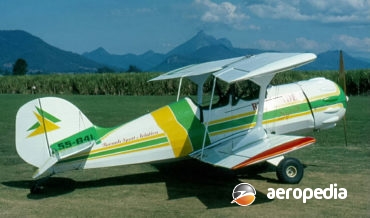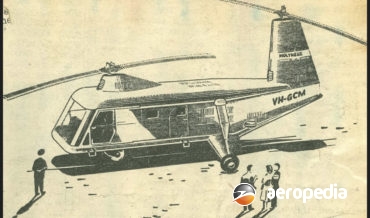All Contents
Contents
Following the outbreak of the Korean War in 1950, the USAF found it was in need of a medium bomber and, as designs of bombers by Martin and North American were a long way from introduction to service, the decision was made to build the English Electric Canberra under licence,
David C. Eyre
- May 19, 2019
The Baltimore was a development by Glen L Martin & Co of the Martin 167, which saw service with the RAF and SAAF as the Maryland.
David C. Eyre
- May 19, 2019
The Mariner was designed and built by the Glenn L Martin Company of Baltimore, Maryland, to meet a requirement of the US Navy for a long-range patrol flying-boat.
David C. Eyre
- May 19, 2019
Prior to World War I George Handasyde and Paul Martin built a number of designs of other manufacturers, eventually becoming a major supplier of fighting aircraft to the allies during World War I.
David C. Eyre
- May 19, 2019
The Martinsyde S.1 was a single-seat biplane scout operated mainly in the European theatre.
David C. Eyre
- May 19, 2019
The origins of the F/A-18 Hornet stem from the design by Northrop in the late 1960s of the P-530 Cobra.
David C. Eyre
- May 19, 2019
For many years The Phantom II was one of the most important aircraft in the western world’s inventory, but has been phased out of major service. In all 5,201 airframes had been completed by the time production ceased in 1981.
David C. Eyre
- May 19, 2019
The Messerschmitt Bf 109, the most important Luftwaffe fighter of World War II, was produced in larger numbers than any other fighter aircraft ever built, some 33,000 odd being completed.
David C. Eyre
- May 19, 2019
The prototype of the Messerschmitt Bf 110 (Bf 110V-1 – D-AHOA) series made its first flight on 12 May 1936 in the hands of Bayerische Flugzeugwerke A-G test pilot Hermann Wurster.
David C. Eyre
- May 19, 2019
The Martin Model 123 was designed and built as a private venture, this being an attempt by Glenn L Martin Co to obtain contracts from the US Army for an aircraft to be involved in early bomb-dropping experiments.
David C. Eyre
- May 19, 2019
The result of a lengthy development period, the Messerschmitt Me 163, designed by Professor Alexander Lippisch, entered service, as did a number of other German designs, too late to have any real effect on the outcome of World War II.
David C. Eyre
- May 19, 2019
In July 1939 Glenn L Martin Co submitted its Martin 179 design to the US Army Board and received a contract for 201 examples of a radical new bomber designed by Peyton M Magruder.
David C. Eyre
- May 19, 2019
The Rebel is one of a series of kit aircraft produced by Murphy Aviation Ltd in British Colombia.
David C. Eyre
- May 8, 2019
The SR2500 Super Rebel was produced as a kit aircraft in Canada by Murphy Aircraft of British Colombia and kits were sold for a few years but production concluded in 2008.
David C. Eyre
- May 8, 2019
The Yukon was designed with versatility as a utility transport to the fore. It can be fitted with either of two Lycoming engines, the O-360 or the O-390.
David C. Eyre
- May 8, 2019
The Murrayair MA-1 was a redesign and reconstruction of the Boeing Stearman Model 75 Kaydet biplane trainer as a two-seat crop-dusting aircraft performed under contract to Murrayair Ltd of Hawaii by engineers at Air New Zealand, some 9,000 examples of the Stearman having been built as trainers during world War
David C. Eyre
- May 8, 2019
The MX-2 is a fairly new design aimed at the unlimited aerobatic market, being designed in the United States by Chris Meyer for MXR Technologies Inc of Boynton Beach, Florida, and built by Composite Universal.
David C. Eyre
- May 8, 2019
In order to meet the requirements of pilots in the Red Bull Races, which are held at various centres around the world each year, including on occasion in Perth, Western Australia, MX Technologies developed a single-seat light-weight variant in 2007 for English pilot Nigel Lamb to be entered in the
David C. Eyre
- May 8, 2019
During World War II, to permit German plants to be used for the production of fighters and bombers, the German RLM decided to transfer production of lesser important aircraft to other countries, the types involved including the Fieseler Storch.
David C. Eyre
- May 8, 2019
The Elite was designed by Murphy Aircraft of Chilliwack in British Colombia and is one of a range of light kit planes produced by the company for the sport pilot.
David C. Eyre
- May 8, 2019
Flown for the first time on 10 June 1959, the MS-880 Rallye was a fully aerobatic, all metal, cabin monoplane possessing an extremely simple but rugged construction.
David C. Eyre
- May 8, 2019
The Maverick is a two-seat ultralight derivative of the Murphy Rebel, with 40-percent commonality of parts
David C. Eyre
- May 8, 2019
The Cheyenne is the 10th design produced by Gary Morgan of Morgan Aeroworks of Taree, NSW and is a two-seat self-launched glider which can be used as a light sporting aircraft.
David C. Eyre
- May 8, 2019
The Murphy Moose is a development of the Murphy Rebel series, which in itself was developed through a number of models, culminating in the Lycoming IO-540 powered Super Rebel.
David C. Eyre
- May 8, 2019
The Cougar is a four-seat development of the Cheetah designed and developed by Morgan AeroWorks of Taree, NSW, formerly Miranda Aircraft, the prototype (19-7298) flying for the first time in late 2009.
David C. Eyre
- May 8, 2019
In early 2015 Morgan Aeroworks of Taree, NSW announced it was planning to put into production an aircraft known as the Shawnee.
David C. Eyre
- May 8, 2019
In 1970 Mr John T Monnett began construction of a single-seat Formula V racing aircraft to enter in the USA Air Race circuit in that class of racing.
David C. Eyre
- May 8, 2019
The Morrison Six was designed in the United States by James L Barr of Barr Aircraft in Montoursville, Pennsylvania.
David C. Eyre
- May 8, 2019
The Monocoupe was originally designed by Don Luscombe but evolved through a number of models by the efforts of Luscombe and Clayton Folkerts and was built in large numbers from 1928 to the later 1950s with a variety of engines.
David C. Eyre
- May 8, 2019
The Mosquito series of light helicopters was developed in the United States by Innovator Technologies.
David C. Eyre
- May 8, 2019
When first released to the market the Acclaim was described as the fastest, most powerful Mooney ever produced and as the flagship of the Mooney fleet, being able to “climb quicker and provide more pulse-sounding performance” than any other aircraft in its class
David C. Eyre
- May 8, 2019
The Sokol (Falcon) was designed by the Chekoslovak Metal & Engineering Works in Prague and was derived from a series of light aircraft designs produced before World War II by Benes-Mraz and was produced in a couple of variants, the design being prepared clandestinely during the German occupation.
David C. Eyre
- May 8, 2019
After World War II Mooney Aircraft Corp was formed by two executives of what had been the Culver Aircraft Corp, and A W Mooney, who had commenced designing light aircraft in the 1920’s, designing the M-10 Mite, of which some 300 were built, initially at Wichita, Kansas, and later at
David C. Eyre
- May 8, 2019
Produced by Avions Mudry et Cie at Bernay, the Cap 10 series of light two-seat aerobatic aircraft was developed from the Piel Emeraude, the prototype flying for the first time in August 1968, certification being obtained in September 1970.
David C. Eyre
- May 8, 2019
The prototype of the Mooney M-20 series was flown for the first time on 10 August 1953, and since then the type has been in continuous production in a variety of models.
David C. Eyre
- May 8, 2019
The CAP 232 was the result of many years of development by Cap Aviation of Darois, France, which commenced operations in the 1950s as a result of a French Government inspired competition.
David C. Eyre
- May 8, 2019
The M-22 Mustang was the first attempt by the Company to produce a single-engine pressurised aircraft and was the ultimate development of the Mooney 20 series of high-performance aircraft.
David C. Eyre
- May 8, 2019
The prototype Renegade II first flew in May 1985 as a light homebuilt sporting biplane available as a ready assembled aircraft, but with plans and kits being available for home construction.
David C. Eyre
- May 8, 2019
In 1952 the Royal Aero Club of Great Britain organised a competition to build a two-seat light trainer for club use and Henry Millicer, Chief Aerodynamicist at the Australian Government Aircraft Factory designed an aircraft and submitted it, being one of 103 entrants, the Australian entry being No 97.
David C. Eyre
- May 8, 2019
Grevor Chilton [known as Bing or George] Molyneux, who was born in 1917 and died in August 2001, was a young aeronautical engineer who held a number of degrees in aeronautical engineering.
David C. Eyre
- May 8, 2019
Recent Comments
Archives
Categories
- No categories
Categories
- No categories
Latest Posts
Newsletter




